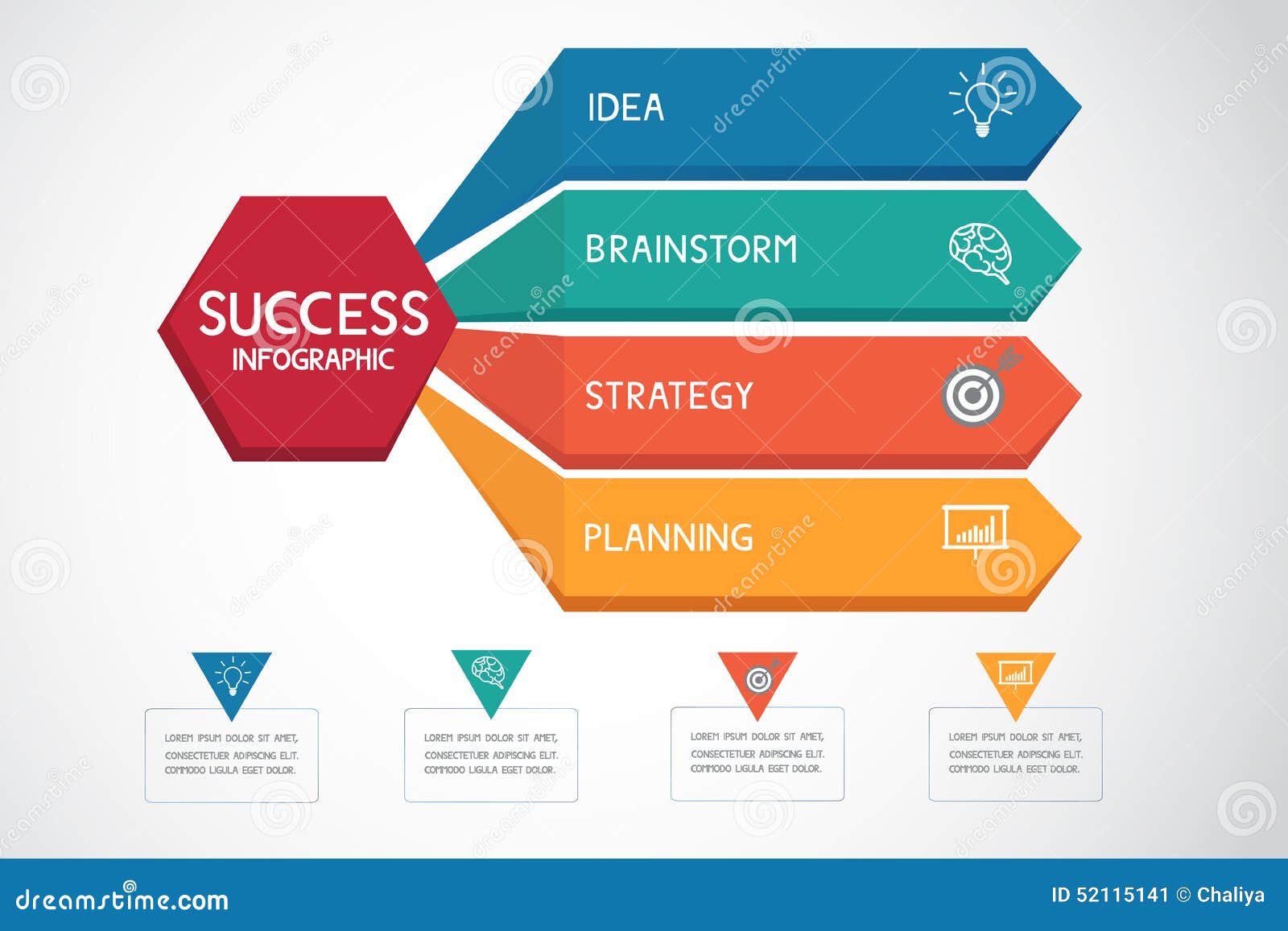Fascinated In Discovering Exactly How Website Design Has Developed Over The Years? Check Out The Trip From Uncomplicated Styles To User-Centered Approaches
Fascinated In Discovering Exactly How Website Design Has Developed Over The Years? Check Out The Trip From Uncomplicated Styles To User-Centered Approaches
Blog Article
Staff Author-Johnsen Bojesen
In the past, websites were easy and concentrated on information. Navigating was direct, and layout was for desktop computers. Now, user experience is key. Information overviews designs for simple navigating. Responsive formats match various gadgets. Today, dark setting decreases pressure, and minimal menus enhance navigation. Interactive functions involve customers, and strong visuals stand out. AI combination boosts engagement. See exactly how style has actually advanced to improve your online trip.
Very Early Days of Website Design
In the early days of website design, simpleness preponderated. Web sites were standard, with restricted colors, font styles, and formats. The emphasis was on providing details instead of flashy visuals. Individuals accessed the net through slow-moving dial-up links, so rate and performance were crucial.
Navigation food selections were straightforward, generally located at the top or side of the web page. Web sites were designed for desktop, as mobile browsing had not been yet common. Material was king, and developers prioritized easy readability over complicated style aspects.
HTML was the key coding language utilized, and designers had to function within its restraints. Animations and interactive features were minimal contrasted to today's requirements. Websites were static, with little vibrant web content or customized user experiences.
Rise of User-Focused Layout
With the advancement of website design, a shift in the direction of user-focused design principles has actually become increasingly popular. Today, producing sites that focus on customer experience is vital for engaging visitors and achieving business objectives. User-focused design entails understanding the requirements, choices, and habits of your target audience to tailor the website's layout, content, and features as necessary.
https://smallbiztrends.com/2022/02/areas-small-business-marketers-should-focus.html carry out thorough research study, such as user surveys and use screening, to collect understandings and feedback directly from individuals. This data-driven strategy helps in developing instinctive navigating, clear calls-to-action, and visually attractive user interfaces that resonate with visitors. By placing the customer at the facility of the layout process, websites can supply a much more tailored and delightful experience.
Receptive design has actually also emerged as an essential aspect of user-focused design, making certain that websites are enhanced for numerous gadgets and display sizes. This versatility improves access and usability, dealing with the diverse ways users communicate with web sites today. Basically, the surge of user-focused layout indicates a shift in the direction of developing electronic experiences that focus on the needs and expectations of the end customer.
Modern Trends in Web Design
Discover the current patterns shaping web design today. One noticeable trend is dark mode design, using a streamlined and contemporary appearance while minimizing eye stress in low-light environments. An additional vital fad is minimalist navigation, simplifying food selections and boosting customer experience by concentrating on essential elements. Integrating micro-interactions, such as animated buttons or scrolling effects, can create an extra appealing and interactive site. Receptive layout remains essential, ensuring seamless individual experiences throughout different devices. Furthermore, using strong typography and asymmetrical layouts can include visual passion and draw attention to certain content.
Integrating AI innovation, like chatbots for client support or individualized suggestions, boosts user engagement and simplifies procedures. Accessibility has additionally become a substantial fad, with designers prioritizing inclusive style practices to accommodate diverse individual demands. Welcoming sustainability by enhancing web site efficiency for speed and effectiveness is another emerging fad in website design. Teaming up with user feedback and data analytics to iterate and enhance design constantly is crucial for remaining pertinent in the ever-evolving electronic landscape. By embracing these modern patterns, you can develop an aesthetically attractive, user-friendly internet site that resonates with your target market.
Conclusion
As you assess the evolution of site layout from the very early days to now, you can see exactly how user-focused layout has actually ended up being the driving pressure behind modern-day fads.
Welcome the journey of adjustment and adaptation in web design, constantly keeping the user experience at the center.
Stay present with the current patterns and innovations, and never quit evolving your approach to produce visually stunning and straightforward websites.
Progress, adjust, and produce - the future of website design remains in your hands.
